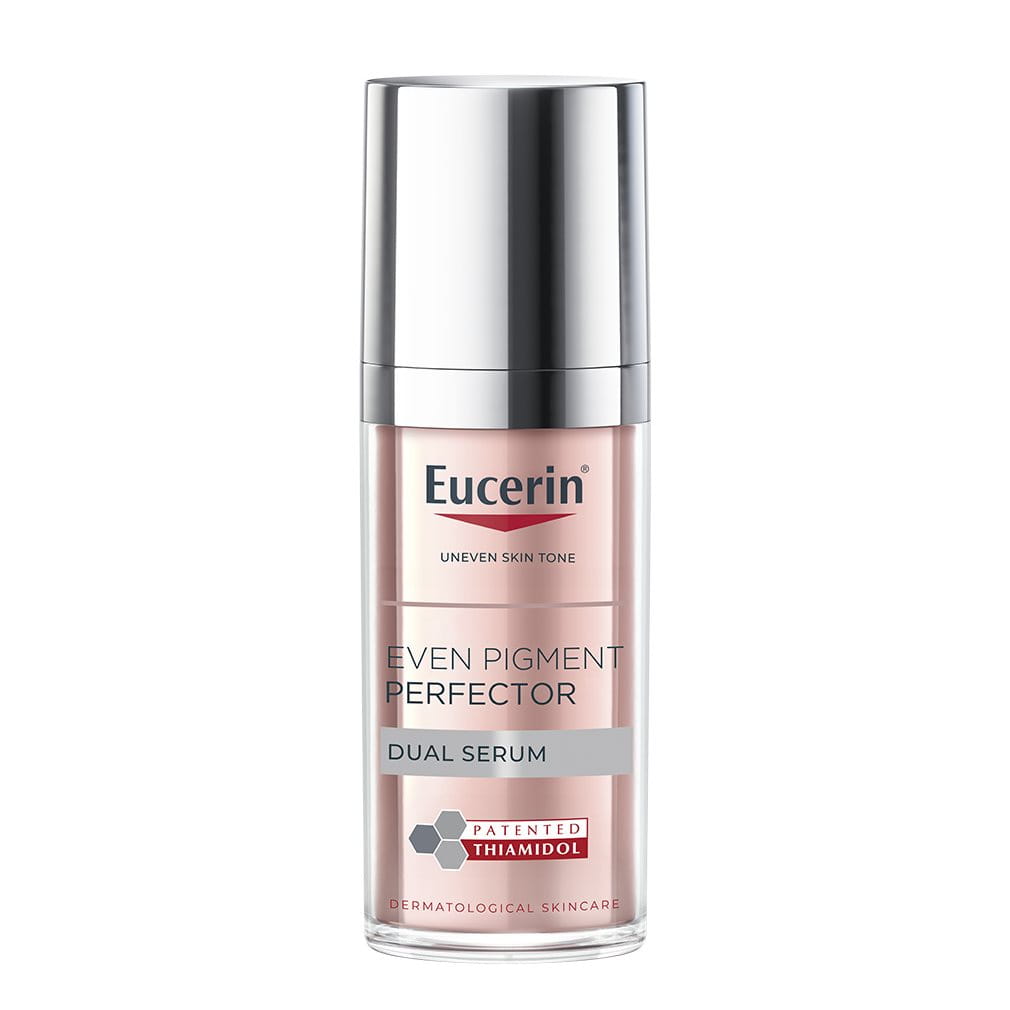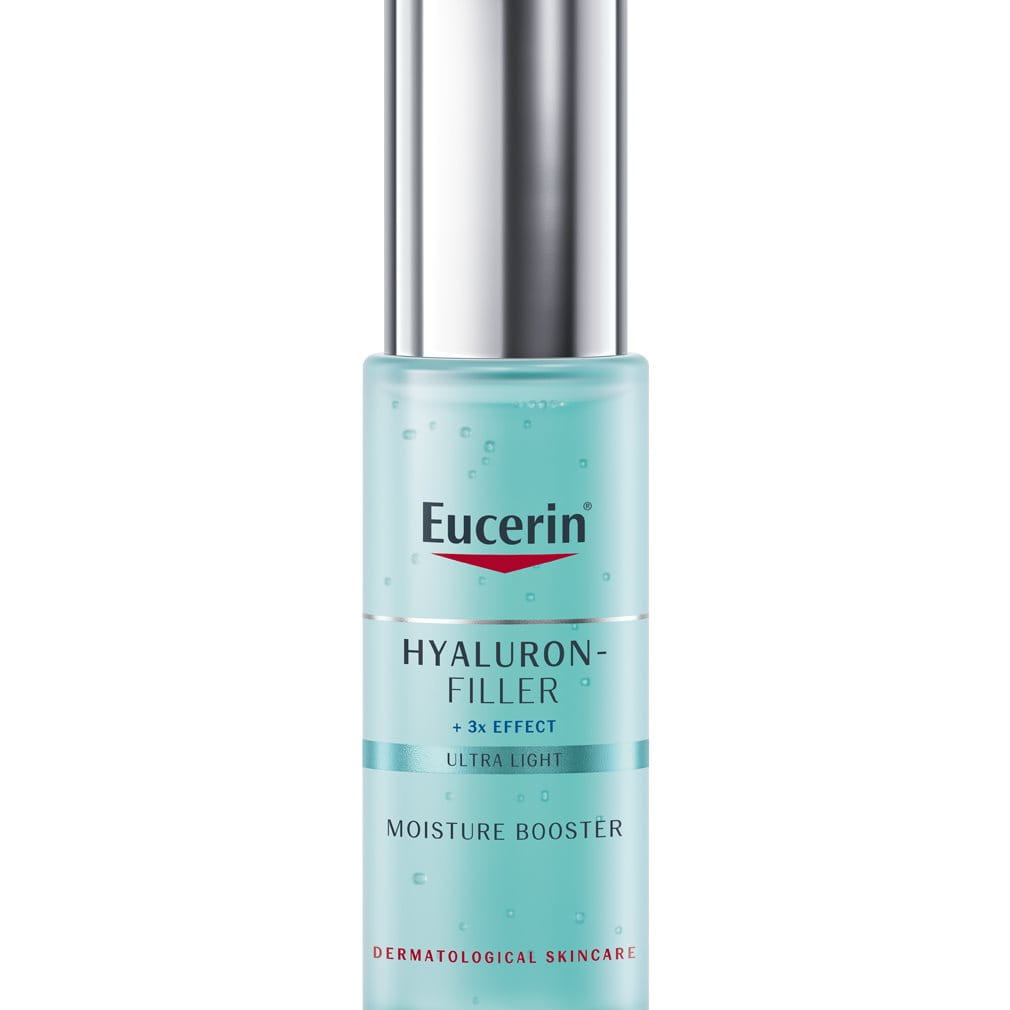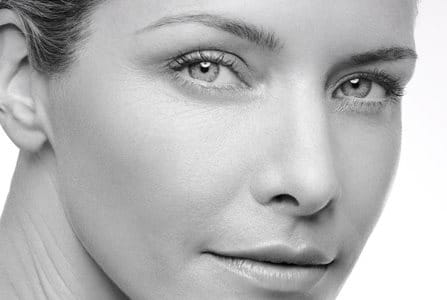From around the age of 25 the first signs of aging start to become apparent on the surface of the skin. Fine lines appear first and wrinkles, a loss of volume and a loss of density become noticeable over time.
Our skin ages for a variety of different reasons. Many of the causes of skin aging are entirely natural and cannot be altered. There are, however, several factors that can cause skin to age prematurely, and these can be influenced. A holistic approach to lifestyle and skincare can help to reduce the visible signs of skin aging and prevent premature skin aging.
Understanding the way that internal and external factors affect skin’s structure and function can help to inform choices about treatment and care.
Signs & Symptoms
What are the signs of skin aging?
There are three main signs of skin aging and each one effects facial skin in a different way:
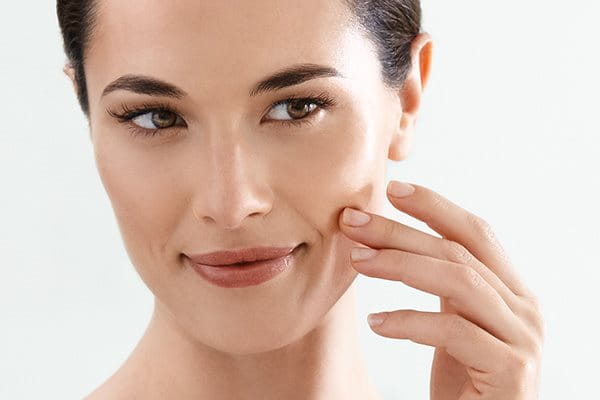
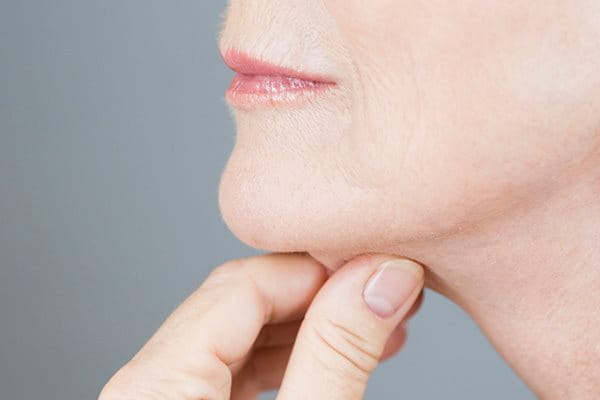
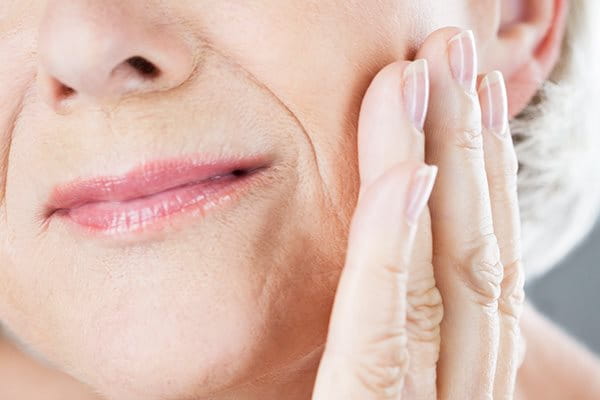
Wrinkles
The first noticeable signs of skin aging are fine lines and wrinkles. Small, shallow wrinkles known as laughter lines or crow´s feet tend to become noticeable at the outer corners of the eyes. These may appear around the age of 30, but we all age differently and how we age depends on our genetics and lifestyle. These fine lines are followed by wrinkles on the forehead. At first these are only visible when our skin moves as we change our facial expressions and they are known as dynamic wrinkles. As we age further they become more prominent and evolve into permanent wrinkles that are visible even when our face is static. Frowning can cause vertical lines between the brows.
Loss of volume
It can be difficult to identify a loss of volume and facial contours. The first signs of a loss of volume in the lips tends to be when lipstick starts to bleed. A loss of facial volume tends to result in sagging skin, a flattening of the cheeks and the appearance of a “turkey neck”. It changes the overall appearance of the face which can look negative, sad or tired.
The fold that develops between the nose and the mouth, known as the nasolabial fold, is also linked to sagging skin and a loss of volume.
Loss of elasticity and deep wrinkles
As our skin matures its structure weakens and it loses elasticity and firmness. Skin also becomes drier, appears more `crepey` and loses the radiance we associate with youthful skin. Again, because our skin is as individual as we are, these changes become visible at different ages but are most commonly experienced by those who are 50+.
Causes & Triggers
Skin ages due to a combination of factors, both internal and external. Understanding these factors helps us to care for skin as it ages, reduce the visible signs of skin aging and prevent premature skin aging.
How does the skin aging process work?
Skin aging takes place in every layer of the skin and shows itself on the surface.
Epidermal layers
A loss of hyaluronic acid content, slower cell turnover and reduction in sebum production on the skin’s surface makes roughness and dryness more likely. As this particular layer of the skin ages it becomes more sensitive to the sun’s rays. Skin is less efficient at healing itself, and a reduced immune function can lead to an increase in skin infections together with slower wound healing.
Dermal layers
From about the age of 25, collagen, one of skin’s building blocks, decreases by 1% each year. Together with a decline in functional elastin, this leads to dermal tissue disorganization. Skin structure is compromised and fine lines and wrinkles are more likely. As our skin matures, elasticity continues to reduce and deeper wrinkles form. The production of hyaluronic acid – plentiful in youthful skin – slows down, so skin cells are less effective at binding in water and skin is prone to dryness. It also becomes weaker and more prone to damage and broken capillaries. Reduced micro-circulation means a less efficient delivery of nutrition and oxygen to the surface, which leads to a decrease in the radiance enjoyed by youthful skin.
Subdermal layers
In the deeper layers, the most notable changes are the reduction in size and number of lipid-storing cells in the adipose layer. This results in sagging skin and a loss of volume and can lead to deep wrinkles and hollow temples and cheeks.
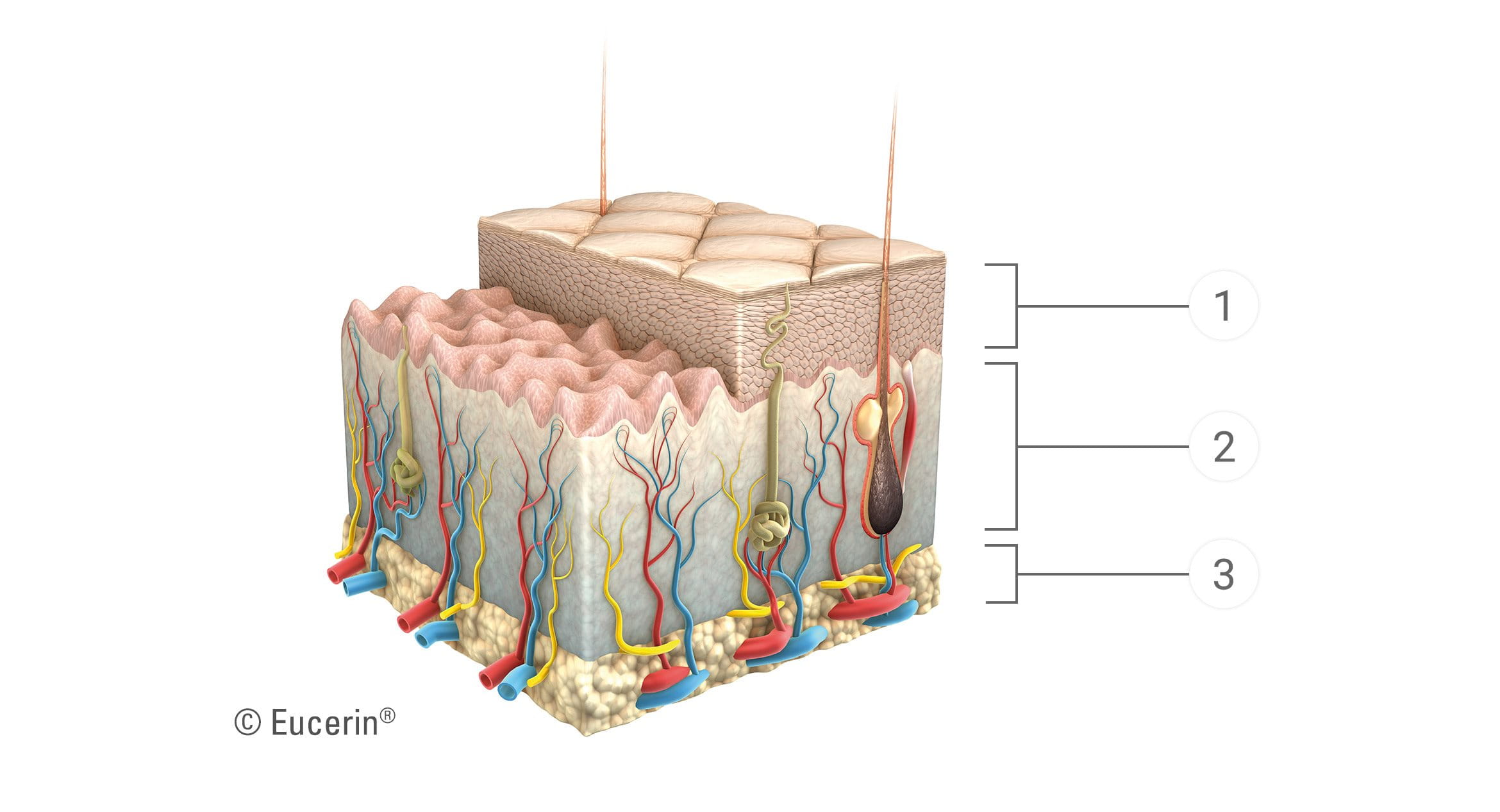
What are the internal causes of skin aging?
Some of the causes of skin aging are inevitable. Our biological age determines structural changes in the skin and the efficiency of cell functions. These slow down with each passing year.
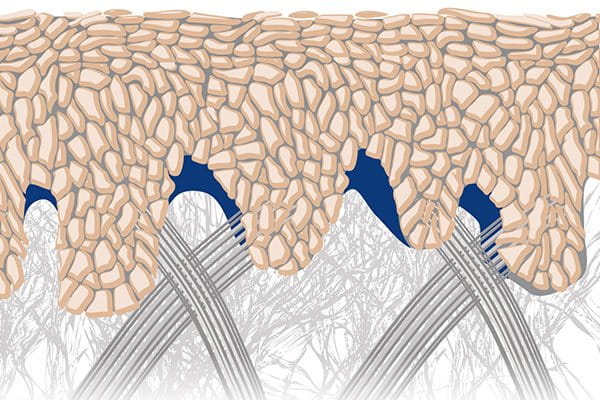
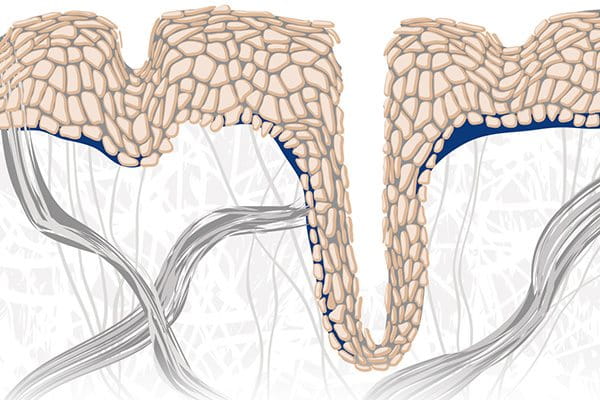
Hormonal influences. Decreasing levels of estrogen (instruction giving hormones) result in reduced messaging between the cells.
A poorer blood supply to the skin means the delivery of nutrients and oxygen to the skin’s surface is impeded. The radiance that is a feature of young skin fades, and skin becomes duller.
Genetics. Genetics play a key role in how skin ages. The phototype and skin type we are born with make a difference to how quickly signs of aging appear on skin’s surface. For example:
- Fair or phototype I – II and/or sensitive skin is more prone to wrinkles at an earlier age than darker phototype V - VI
- Phototype III can be prone to uneven skin tone, but wrinkles appear at a later age than for other phototypes
Find out more in How skin differs between the major ethnic groups.
What are the external causes of skin aging?
The external factors affecting the speed with which the skin ages are all due to one process: oxidative stress.
Oxidative stress releases molecules called free radicals that consist of a single unpaired electron in an outer shell. Free radicals cause premature aging by damaging skin cell structures and breaking down skin components such as hyaluronic acid, collagen and functional elastin. Under normal circumstances, free radicals are caught and neutralized by antioxidants in the skin: molecules with the ability to absorb and stop them. However, over time, the skin’s ability to de-activate free radicals decreases. The result is damage to all components of the skin’s cells.
Oxidative stress is triggered and accelerated by a variety of lifestyle factors:
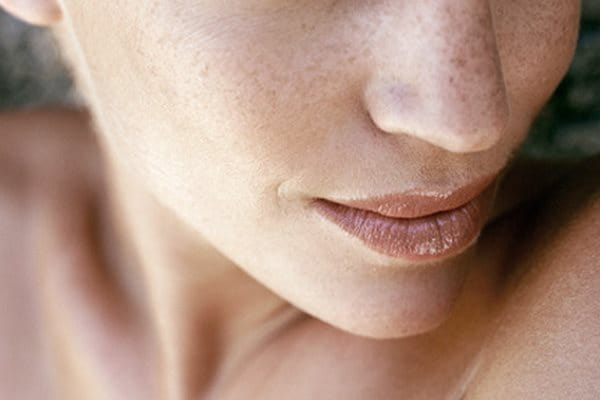

Sun
The sun’s rays are the primary external cause of skin aging via oxidative stress. Skin damage caused by the sun is known as photoaging and uneven pigmentation is often one of the first visible signs to appear. And it’s not just prolonged UV exposure that causes skin damage; everyday exposure effects skin too.
Pollution
Exposure to pollution, most commonly in cities, can trigger the release of skin damaging free radicals. Pollution also worsens the effects of sun exposure accelerating oxidative stress.
Smoking
The chemicals and nicotine contained in cigarettes are responsible for an upsurge in the number of free radicals in the skin. Like pollution, they intensify the effects of sun exposure leading to oxidative stress.
Nutrition
Antioxidants are molecules with the ability to neutralize the free radicals that damage skin and speed up skin aging. Eating lots of antioxidant-rich fruits and vegetables is an important part of caring for our skin as it ages.
Inappropriate skincare
Skin will age more quickly if it is poorly cared for or if you use products that irritate skin. Thorough cleansing using gentle products appropriate for skin type, together with the regular application of care products targeted at skin’s primary concern, will help to care for skin. Effective sun protection is key to preventing premature skin aging.
Solutions
How can I care for aging skin and reduce premature skin aging?
Understanding the skin’s aging process informs decisions about how best to care for it. The three key signs of aging: fine lines and wrinkles, sagging skin and a loss of volume and a loss of elasticity, and deep wrinkles are examined in more detail in separate articles.
A holistic approach to lifestyle and skincare can help to prevent premature skin aging and reduce the visible signs of skin aging.
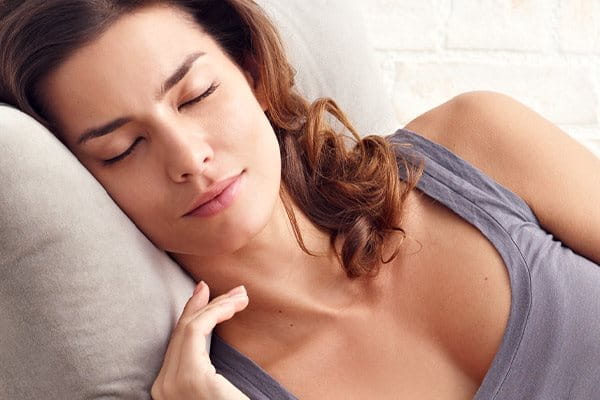
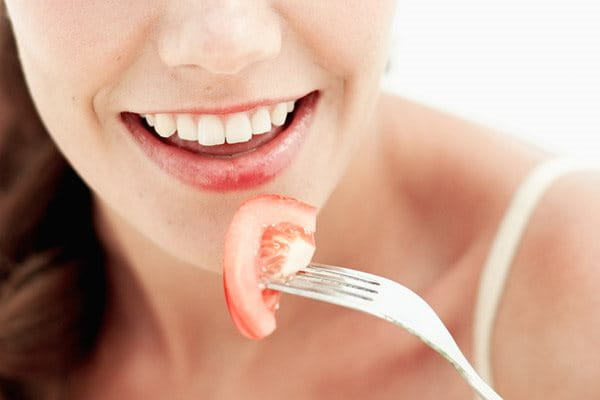
Lifestyle
As oxidative stress is the primary cause of external skin ageing, any lifestyle changes should be targeted towards minimising its effects as much as possible.
Nutrition
A healthy diet, rich in fruits and vegetables will ensure an intake of anti-oxidants that can help to limit the damaging effects of free radicals on the skin. As much variety as possible should be included, but some foods are known to be particularly high in anti-oxidants and might even have a skin protecting effect: Carrots, apricots and other orange and yellow fruit and vegetables, blueberries, leafy green vegetables, bell peppers, tomatoes, beans and other pulses, fish – particularly salmon, and nuts.
As well as choosing the right foods, there is evidence to suggest that some should be avoided. A diet too high in fat and carbohydrates has been found to promote ageing.
Smoking
Smoking accelerates ageing remarkably, reducing elasticity and causing dullness. Stopping smoking will help to improve the appearance of the skin by cutting out the chemicals and nicotine present in cigarettes.
Skin Care
The skin changes with each life stage and the way it is cared for should reflect its changing needs as time goes by.
A good skin care routine is an essential part of a holistic approach to treating all signs of ageing: loss of volume, loss of density, wrinkles and related conditions such as age induced dryness or sensitive ageing skin.
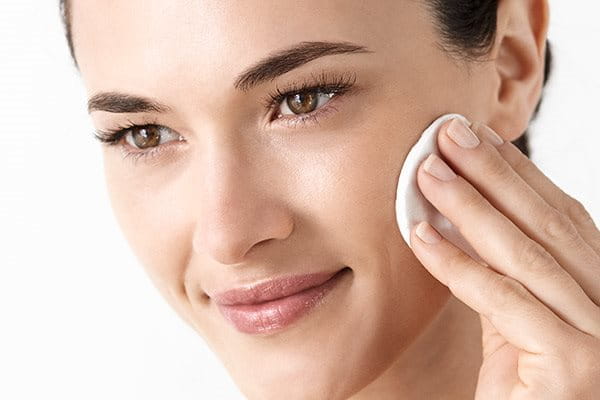
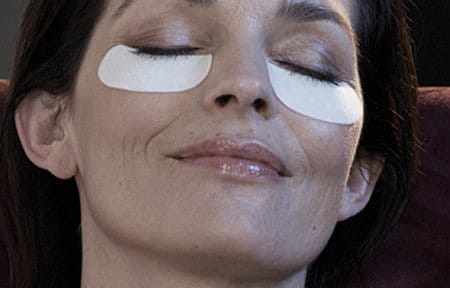
If your skin is healthy, good care will ensure it stays in condition. If not, a consistent routine can help to improve it. A basic skincare routine should consist of three steps: cleanse, care and sun protection.
- Cleanse to remove make-up, dirt and chemicals from the skin. This is vital, as chemicals on the surface as a result of pollution can trigger oxidative stress. Mild but effective, the Eucerin DermatoCLEAN range of cleansers help skin to breathe better.
- Care to replenish and hydrate skin with products that address your primary aging concern. Eucerin Hyaluron-Filler has been specially formulated to address the first signs of aging such as fine lines and wrinkles. Eucerin Hyaluron-Filler + Volume-Lift addresses sagging skin and a loss of volume by plumping up deep wrinkles and redefining facial contours for a lifting effect. Eucerin Hyaluron-Filler + Elasticity nourishes mature skin, plumps up deep wrinkles and improves skin’s elasticity.
- Protect. Protecting skin from the sun’s rays, even on cloudy days, is the most important step in preventing premature skin aging. Choose a day cream that includes an SPF and protects your skin from the sun or, for more intense exposure, use a dedicated sun protection product. Read more in facial skin and the sun.
- Creams with color pigments can also be used to even the skin tone and correct your complexion. Choose a CC Cream that evens skin tones for a radiant complexion
Our brand values

We deliver a holistic dermo-cosmetic approach to protect your skin, keep it healthy and radiant.

For over 100 years, we have dedicated ourselves to researching and innovating in the field of skin science. We believe in creating active ingredients and soothing formulas with high tolerability that work to help you live your life better each day.

We work together with leading dermatologist and pharmacist partners around the world to create innovative and effective skincare products they can trust and recommend.
